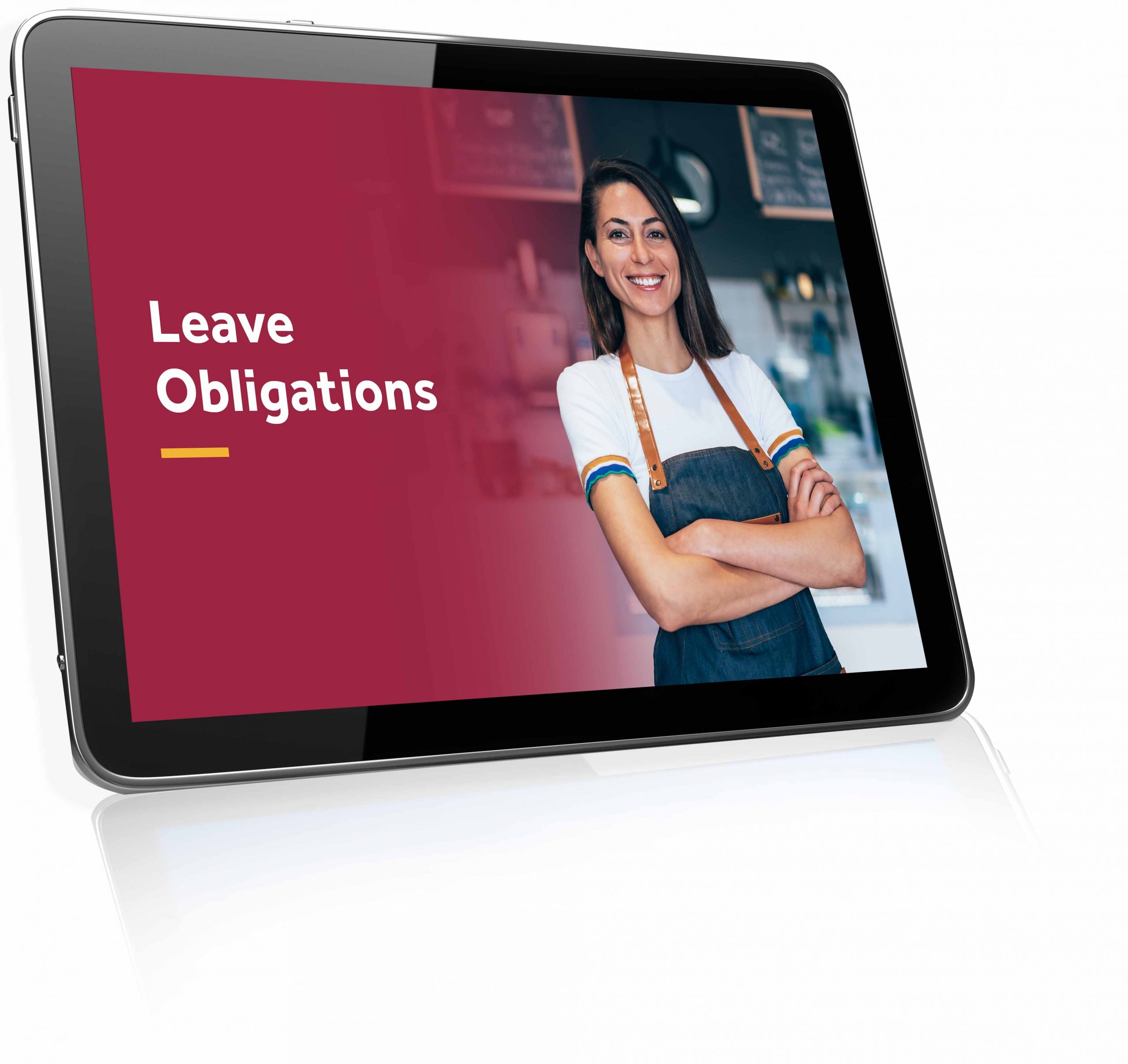
Every employee will want or need to take time off work at some stage and will most likely apply for personal or annual leave. It’s crucial to understand the differences between personal leave and annual leave, when your staff should use each leave type, and what their base entitlements are.
What’s the difference between personal leave and annual leave?
Personal leave – also known as sick or carer’s leave – lets an employee take time off work to help them recover from an illness, care for others, or deal with family emergencies. Annual leave, sometimes called holiday pay, allows employees to take paid time off work to go on vacation, enjoy a rest, or take part in any activity they choose.
What are valid reasons for personal leave?
While an employee is free to take annual leave for any reason, personal leave will only be approved under certain circumstances. Valid reasons for an employee taking personal leave include:
They are unfit for work and need to recover from a personal illness or injury.
They need to care for or support a member of their immediate family or household because of an illness, injury or unexpected emergency.
Employees are also entitled to compassionate and bereavement leave if:
A member of their immediate family or household dies, or contracts or develops a life-threatening illness or injury.
A baby in their immediate family or household is stillborn.
They have a miscarriage.
Their current spouse or de facto partner has a miscarriage.
How much personal leave and annual leave do employees receive?
Personal leave can be both paid and unpaid. Personal leave is covered by the National Employment Standards (NES), which sets the minimum leave conditions for most employers in Australia.
According to NES laws:
Full-time employees are entitled to at least 10 days of paid personal leave for each year of continuous service.
Part-time employees and permanent staff working variable hours are entitled to a pro rata amount of paid personal leave (based on 1/26th of the employee’s ordinary work hours per year).
Full-time and part-time employees are entitled to 2 days of paid compassionate leave each time an applicable event occurs.
The NES also demands that employers give full-time and part-time employees at least 4 weeks of paid annual leave each year, based on their normal work hours.
In some cases, employers may give employees more annual leave, which will be laid out in their leave policy.
How much should employees be paid?
For both personal leave and annual leave, the minimum amount that an employee must be paid is the base rate of pay for the ordinary hours they would have worked during the leave period.
An employee’s base rate of pay does not include:
Incentive-based payments and bonuses
Loadings
Penalty rates and overtime
Allowances
In some cases, an applicable modern award or industry instrument will determine that an employee receives leave loading on their annual leave pay. This means they are paid an additional percentage of their ordinary base rate of pay. Sometimes an employer contract will specify a leave loading amount.

Want to learn more about your leave obligations?
Leave entitlements for different employees can be a lot to wrap your brain around. For employers, it’s crucial to pay all your staff fairly. Find out about your leave obligations by reading our FREE E-Guide.
How are personal leave and annual leave accrued?
Both personal leave and annual leave accumulate from the first day of employment, even if an employee is working through a probation period.
Their personal and annual leave gradually accrue throughout the year, and any unused leave will roll over from year to year.
An employee’s leave allowances will continue to accrue while they are on paid personal or annual leave. However, leave will not accrue while they are on unpaid leave, unless it is community service leave or agreed in an award or employer agreement.
How much leave notice do employees need to give?
When applying for annual leave, the amount of notice an employee should give will vary from business to business. It’s best practice to clarify how much notice your company expects and document it in your business’s leave policy. Employees who give less notice than the amount specified may find their leave request is denied.
With personal leave, employees should notify their employer as soon as an event takes place. In some cases, this may be after the personal leave period has already begun. Employees should also notify their employers of when they expect to return to work.
What personal leave and annual leave entitlements do casuals get?
While casuals do not receive any annual leave, they are entitled to reduced amounts of personal leave:
2 days of unpaid carer’s leave per occasion
2 days of paid compassionate leave per occasion
Frequently Asked Questions
Who is an employee’s immediate family member?
A member of an employee’s immediate family is defined as their:
- Spouse or former spouse
- De facto partner or former de facto partner
- Child
- Parent
- Grandparent
- Grandchild
- Sibling
- Child, parent, grandparent, grandchild or sibling of the employee’s spouse or de facto partner (or former spouse or de facto partner)
Do employees need to provide evidence for personal leave?
Employers are entitled to request evidence for personal leave, including medical certificates. Medical certificates do not need to provide details of the illness or injury since this may breach privacy laws, and only need to clarify that the employee, or the employee’s householder or family member, has been unwell.
What if employees use all their personal and annual leave?
If employees exhaust all their paid annual leave and paid personal leave, they have the option to request an unpaid leave of absence. While employers do not have to approve a leave of absence, it can increase an employee’s wellbeing, productivity and loyalty to the company.
What is family and domestic violence leave?
Employees who are experiencing family and domestic violence issues are entitled to:
- 10 days of paid family and domestic violence leave for employees at a non-small business (15 employees or more)
- 5 days unpaid family and domestic violence leave for employees at a small business (less than 15 employees)
Note from the 1 August 2023, employees at small businesses will receive 5 days of paid family and domestic violence leave.
How can Employsure help?
Employsure has helped to build thousands of Australia’s best businesses. If you need trustworthy workplace relations or health and safety advice, our FREE 24/7 Advice Line is available to all Australian business owners. Call 1300 651 415 today to get all your questions answered.
